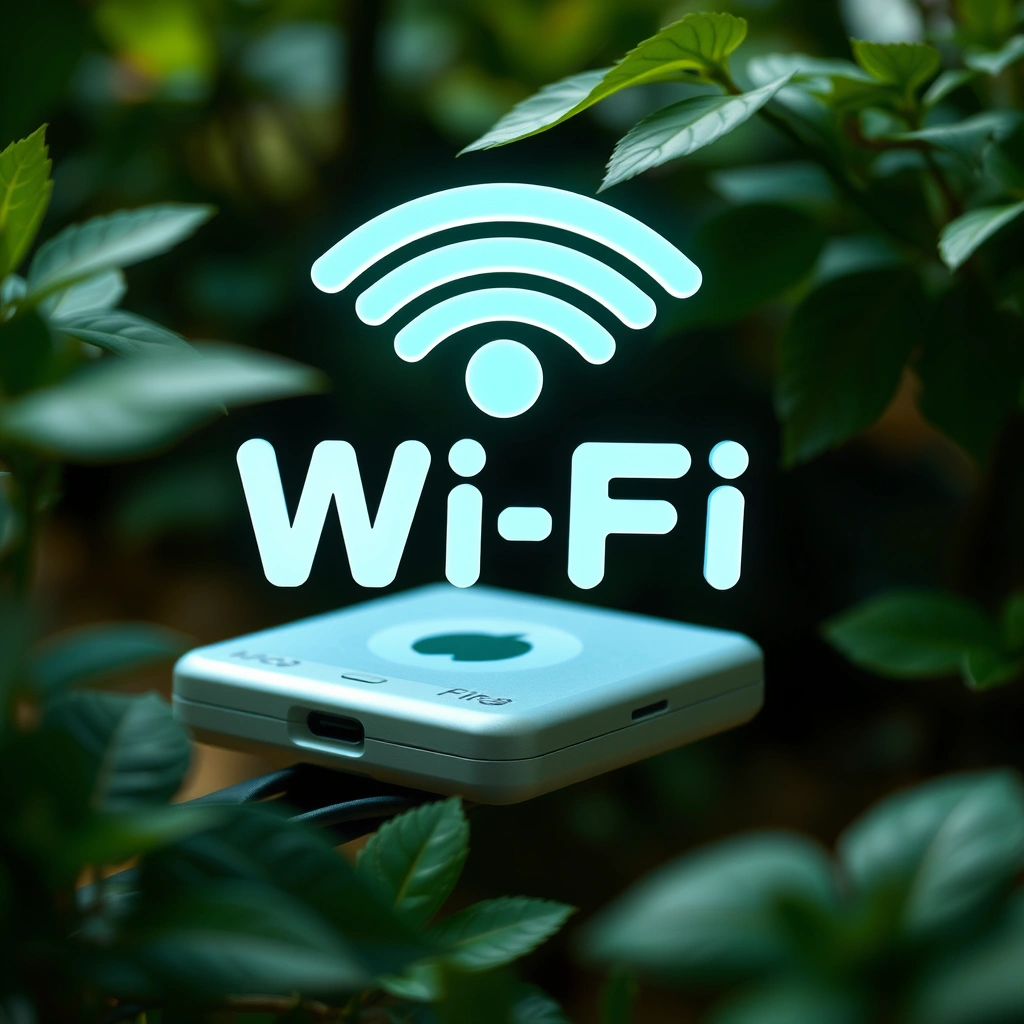The Unexpected Beginnings of Bluetooth Technology
Think of the countless times you’ve used your wireless earbuds, synced your phone to a speaker, or paired fitness trackers. All of these rely on a near-invisible technology most of us take for granted—Bluetooth. Yet, few people pause and ask, “Where does the name Bluetooth come from?” The Bluetooth origin is not only surprising but also a testament to the power of innovation, storytelling, and a dash of historical curiosity. Let’s unravel this fascinating story that bridges the past with the cutting edge of modern connectivity.
From Wireless Frustration to a Radical Solution
In the mid-1990s, connecting electronic devices wasn’t as seamless as it is today. The tech world desperately needed a way for gadgets to communicate without tangled cables or complex setups. Several tech giants were racing to solve this problem, with Ericsson leading the charge.
The Quest for Wireless Connectivity
The Swedish telecom company Ericsson embarked on a mission in 1989 to create a short-range radio communication. Their early researchers, led by Dr. Jaap Haartsen and Sven Mattisson, foresaw the need to replace the clutter of proprietary connectors. Imagine the chaos: every computer, phone, and headset using a different standard—communication between them was near impossible.
– Competing standards: Wi-Fi and IrDA (infrared) had their limitations.
– Consumer pain points: Device pairing was clumsy, unreliable, and tethered.
– Market urgency: The mobile and PC industries needed interoperability.
The Power of Partnership
Recognizing a global solution required global support, Ericsson teamed up with Intel, IBM, Nokia, and Toshiba in 1998. This coalition, called the “Bluetooth Special Interest Group” (SIG), set about defining technical specifications. Their collective strength made Bluetooth a near-universal standard by the turn of the millennium.
The Surprising Story Behind the Name: Bluetooth Origin Unveiled
You might expect the name “Bluetooth” to be a technical acronym or a cryptic code, but its origin is far more colorful. In fact, the Bluetooth origin is rooted in Scandinavian history, not technology.
Who Was King Harald Bluetooth?
The name Bluetooth is borrowed from a 10th-century Danish king, Harald “Bluetooth” Gormsson. But why name a groundbreaking tech after a medieval monarch?
– King Harald ruled Denmark and parts of Norway from around 958 to 986 AD.
– He’s most famous for uniting warring tribes of Denmark, fostering communication and cooperation.
– The epithet “Bluetooth” supposedly comes from either his fondness for blueberries—staining his teeth—or a visible dead tooth. Historical records are hazy, but the nickname stuck.
Why Choose Such an Unusual Name?
The logic behind Bluetooth’s naming was both whimsical and symbolic.
– During internal discussions, Jim Kardach of Intel (a key figure in the SIG) suggested “Bluetooth” as a code name.
– He saw a parallel between King Harald’s unification of tribes and the intended mission of the technology—to unite devices across brands and industries.
– The team loved the metaphor. In Kardach’s own words: “Bluetooth was intended to unify, much like King Harald.”
Even when more “corporate” names like “PAN” (Personal Area Networking) were considered, nothing captured the imagination like Bluetooth. Ultimately, the name stuck—and history was made.
The Evolution of the Bluetooth Logo and Symbolism
Ever noticed the mysterious angular “B” in the Bluetooth logo? It also traces back to its Viking roots.
Runic Inspiration
Bluetooth’s logo combines two ancient runes:
– ᚼ (Hagall): Represents the letter “H.”
– ᛒ (Bjarkan): Represents the letter “B.”
Together, they stand for “H.B.”—Harald Bluetooth. This elegantly ties the Bluetooth origin both in name and symbol to the legendary Viking king. It’s a subtle but brilliant nod to its historical inspiration.
Strong Branding with a Story
This creative signal, easily recognizable on millions of devices worldwide, conveys both modernity and a link to storytelling. A symbol forged in the Viking era has found new life in the digital one—making Bluetooth’s branding a masterclass in narrative-driven product design.
Timeline: Bluetooth’s Journey from Ancient Legend to Modern Marvel
Let’s place the Bluetooth origin in the broader arc of technological progress, highlighting key milestones along the way.
Key Moments in Bluetooth History
– 1989: Ericsson begins research into short-range radio links in Lund, Sweden.
– 1998: Bluetooth SIG is formed; the first version of Bluetooth specification is published.
– 1999: The Bluetooth 1.0 standard is released, enabling the first wave of wireless headsets and mobile phones.
– 2004: Enhanced Data Rate (EDR) offers faster data transfer.
– 2009: Bluetooth 3.0 + HS (High Speed) introduces major improvements.
– 2010 onwards: Bluetooth Low Energy (BLE) debuts, powering wearables and IoT devices.
– 2023: Bluetooth 5.3 sets new standards in speed, range, and efficiency.
Adoption and Impact
Today, billions of gadgets depend on Bluetooth, from medical equipment to car stereos and even connected refrigerators. Its humble and somewhat quirky “Bluetooth origin” has become part of technological folklore, often cited as an exemplar of creative branding ([source](https://www.bluetooth.com/about-us/)).
How Bluetooth Revolutionized Tech—and Everyday Life
The Bluetooth origin might have medieval roots, but its impact is unmistakably futuristic. Let’s unpack what makes it such a game-changer.
Why Bluetooth Won the Wireless Wars
Several factors propelled Bluetooth to dominance:
– Universal compatibility: The SIG’s open standard ensured adoption across companies and platforms.
– Low power consumption: Designed for battery-powered devices and efficient communication.
– Security: Continually improved to protect users’ data.
– Versatility: Suitable for audio, file transfer, health monitoring, automation, and much more.
Practical Applications and Everyday Use
From the mundane to the extraordinary, Bluetooth’s utility is nearly endless.
– Wireless audio: Headphones, speakers, automotive infotainment.
– Health & Fitness: Smartwatches, heart-rate monitors, and fitness trackers.
– Smart Home: Lightbulbs, thermostats, and home security systems.
– Industrial IoT: Equipment monitoring, asset tracking in factories.
In 2023 alone, over 5 billion Bluetooth-enabled devices were shipped worldwide, cementing its status as the glue holding the wireless world together.
Fun Facts and Fascinating Tidbits: The Legacy of Bluetooth Origin
The name and concept of Bluetooth have sparked countless stories, quirky facts, and trivia across the tech industry.
Interesting Notes About Bluetooth’s Name
– Other “Viking” Names Considered: Early codenames included “MC-Link” and “Short Link.” None captured the spirit like Bluetooth.
– Pop Culture: The tech’s origin story has featured in museum exhibitions and trivia nights worldwide.
– Language and Translation: In some countries, the word “Bluetooth” is now synonymous with any form of wireless connection—testament to its global imprint.
Bluetooth Beyond Tech
The legacy of the Bluetooth origin extends out of the tech realm:
– Educational inspiration: Many STEM teachers use the Bluetooth story to illustrate the fun side of engineering and innovation.
– Clever marketing: The memorable backstory has aided Bluetooth’s viral word-of-mouth growth.
The Surprising Origin’s Lasting Impact on Tech Branding
So, what can the tale of Bluetooth’s naming teach us about innovation and branding in technology?
Lessons for Modern Innovators
– Embrace Connectivity: Just as King Harald broke down barriers among people, seek ways to unite disparate devices, systems, or ideas.
– Storytelling Sells: A quirky or historical name can set a product apart amid a sea of acronyms.
– Don’t Be Afraid to Stand Out: Choosing the “Bluetooth origin” over a soulless technical term gave the brand lasting character and recall.
Other Tech Names with Unusual Origins
Bluetooth isn’t alone in having an odd or interesting name:
– Wi-Fi: Actually a play on “Hi-Fi,” with no actual meaning behind the “Wi.”
– Google: Derived from “googol,” representing the vast number of web pages the search engine could index.
– Kodak: Invented word with no real meaning, chosen for its uniqueness and punchiness.
These stories show the enduring value of a memorable brand and the creativity at technology’s heart.
Your Next Step: Connect, Create, and Share
The next time you pair a device and see that mythical Bluetooth symbol, remember the colorful blend of medieval history and modern magic behind it. The Bluetooth origin serves as a reminder that even the most advanced technology can borrow inspiration from history’s unexpected corners.
Want to learn more about tech’s secrets, innovations, and surprising origins? Reach out or start a conversation at khmuhtadin.com — let’s unlock the next great story together!









